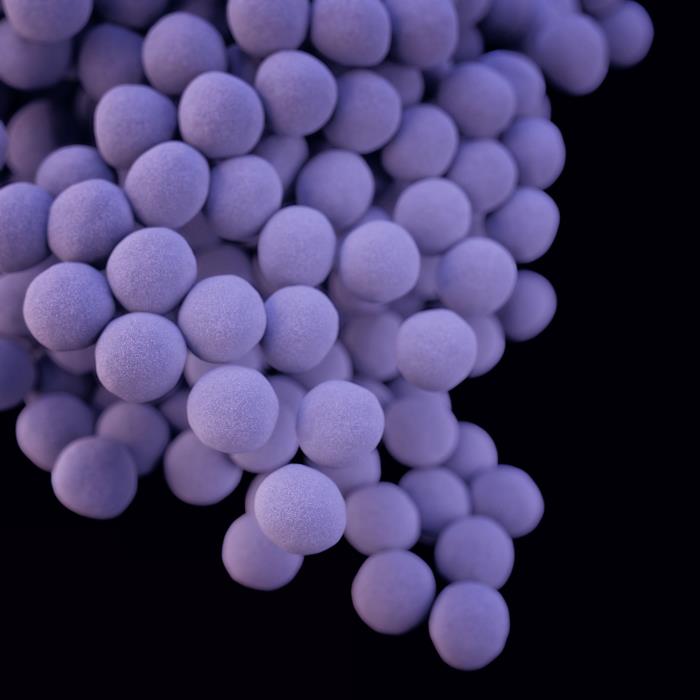Researchers developed a biocompatible scaffold capable of controlled-release of silver ions and have shown in a new study that it can inhibit infection of bone by methicillin-resistant Staphylococcus aureus, known as MRSA.

Image/CDC
The antimicrobial properties of silver combined with a biodegradable scaffold that can be seeded with bone-forming stem cells offers a potential implant system for treating and preventing bone infection, as described in an article published in Tissue Engineering, Part A, a peer-reviewed journal from Mary Ann Liebert, Inc., publishers. The article is available free on the Tissue Engineering website until February 4, 2017.
Mahsa Mohiti-Asli, PhD and coauthors from University of North Carolina at Chapel Hill, North Carolina State University (Raleigh), Silpakorn University (Nakornpathom, Thailand), and University of Missouri (Columbia), present an experiment in which they seeded bone-forming stem cells on three-dimensional scaffolds either with or without MRSA. The researchers assessed bacterial biofilm formation to determine the effect of silver ions on bone infection (osteomyelitis). They report their findings in the article entitled “Evaluation of Silver Ion-Releasing Scaffolds in a 3D Coculture System of MRSA and Human Adipose-Derived Stem Cells for Their Potential Use in Treatment or Prevention of Osteomyelitis.”
“Hybrid therapeutic approaches such as this combination of a regenerative and anti-infective platform are transforming our attack on complex musculoskeletal diseases,” says Co-Editor-in-Chief Peter C. Johnson, MD, Principal, MedSurgPI, LLC and President and CEO, Scintellix, LLC, Raleigh, NC.

